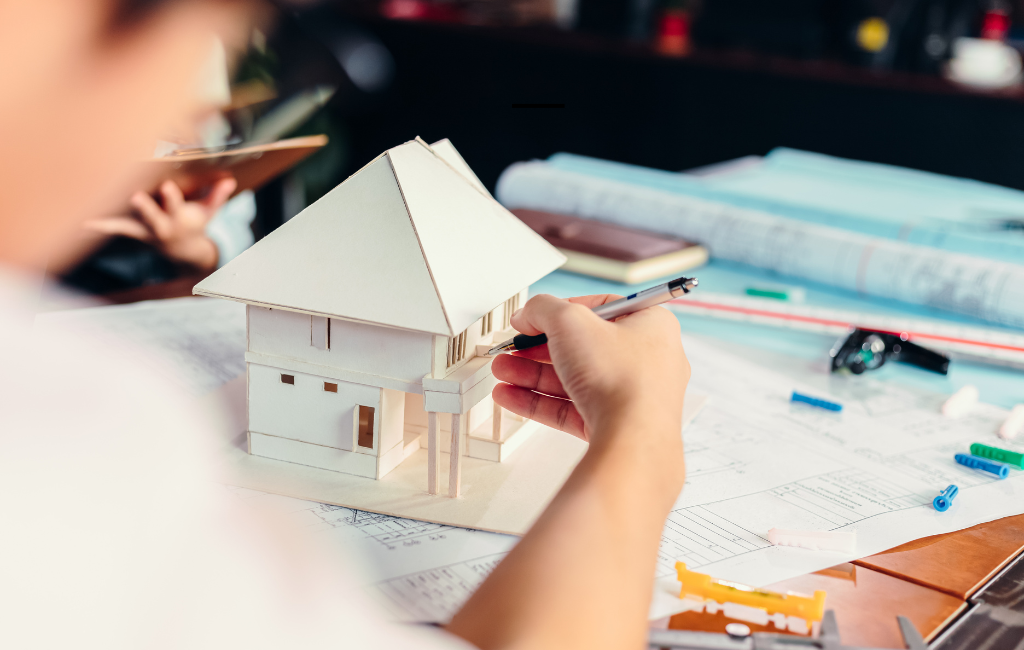Multifaceted Role of Architect

Multifaceted Role of Architect
Architects play a pivotal role in shaping the built environment, blending creativity with functionality to create spaces that inspire and serve communities. Their work goes beyond mere construction; it involves a deep understanding of materials, sustainability, and the needs of the people who will use the spaces they design. This article explores the multifaceted role of architects in fostering innovative designs and the impact of their work on society.
The Architect’s Vision
An architect’s vision is the cornerstone of any project. This vision encompasses the aesthetic, functional, and environmental aspects of a design. Architects must balance these elements to create structures that are not only visually appealing but also practical and sustainable.
Balancing Aesthetics and Functionality
One of the primary challenges architects face is balancing aesthetics with functionality. A building must be beautiful, but it also needs to serve its intended purpose effectively. For example, the Guggenheim Museum in Bilbao, designed by Frank Gehry, is renowned for its stunning design. Yet, it also provides a functional space for displaying art, demonstrating how aesthetics and functionality can coexist harmoniously.
Incorporating Sustainability
Sustainability is a critical aspect of modern architecture. Architects are increasingly incorporating eco-friendly materials and energy-efficient systems into their designs. The Bullitt Center in Seattle, designed by Miller Hull Partnership, is a prime example. It is one of the greenest commercial buildings in the world, featuring solar panels, rainwater harvesting, and composting toilets.
Technological Advancements in Architecture
Technology has revolutionized the field of architecture, providing architects with new tools and methods to bring their visions to life. From computer-aided design (CAD) software to 3D printing, these advancements have expanded the possibilities for innovative designs.
Computer-Aided Design (CAD)
CAD software allows architects to create detailed digital models of their designs. This technology enables precise planning and visualization, reducing the risk of errors during construction. CAD also facilitates collaboration, as architects can easily share their designs with clients and contractors.
3D Printing
3D printing is another technological advancement that is transforming architecture. This technology allows architects to create physical models of their designs quickly and accurately. It also opens up new possibilities for construction, such as the ability to print building components on-site, reducing waste and transportation costs.
Case Studies of Innovative Architectural Designs
Several case studies highlight the innovative approaches architects are taking to create groundbreaking designs. These examples demonstrate the diverse ways in which architects are pushing the boundaries of their field.
The Eden Project
The Eden Project in Cornwall, England, designed by Grimshaw Architects, is a remarkable example of innovative architecture. The project features massive biomes that house diverse plant species from around the world. The design incorporates sustainable practices, such as using recycled materials and harnessing renewable energy sources.
The Shard
The Shard in London, designed by Renzo Piano, is another example of innovative architecture. This iconic skyscraper features a unique glass façade that reflects the sky and surrounding cityscape. The building also incorporates energy-efficient systems, such as a combined heat and power plant, to reduce its environmental impact.
The Impact of Architecture on Society
Architecture has a profound impact on society, influencing everything from the way people interact with their environment to their overall quality of life. Well-designed spaces can foster community, promote well-being, and even drive economic growth.
Fostering Community
Architects have the power to create spaces that bring people together. Public spaces, such as parks and plazas, are essential for fostering a sense of community. The High Line in New York City, designed by James Corner Field Operations and Diller Scofidio + Renfro, is a prime example. This elevated park has become a popular gathering place for residents and tourists alike, transforming a disused railway into a vibrant public space.
Promoting Well-Being
Well-designed buildings can also promote physical and mental well-being. Natural light, ventilation, and access to green spaces are all factors that contribute to a healthy environment. The Maggie’s Centres, designed by various renowned architects, provide support for cancer patients and their families. These centers are designed to be welcoming and calming, with an emphasis on natural light and open spaces.
Driving Economic Growth
Innovative architecture can drive economic growth by attracting businesses and tourists. Iconic buildings, such as the Sydney Opera House, designed by Jørn Utzon, become landmarks that draw visitors from around the world. These structures can boost local economies and create jobs, demonstrating the economic benefits of investing in innovative architecture.
Conclusion
Architects play a vital role in shaping the built environment through innovative designs that balance aesthetics, functionality, and sustainability. Technological advancements have expanded the possibilities for architects, enabling them to create groundbreaking structures that have a profound impact on society. From fostering community and promoting well-being to driving economic growth, the work of architects is integral to the development of our cities and communities. As we look to the future, the role of architects in creating innovative and sustainable designs will continue to be of paramount importance.